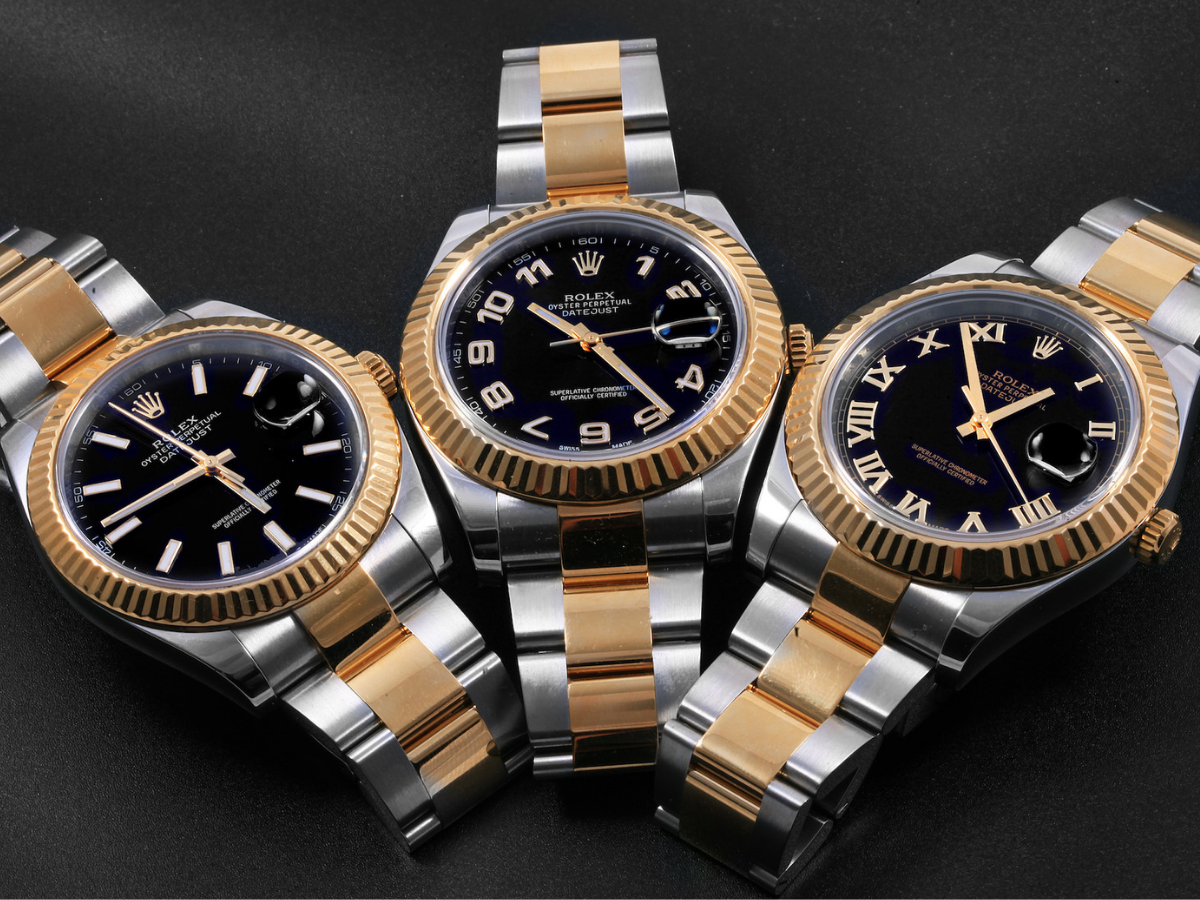Cyclops Lens – added in 1953, Rolex added a Cyclops lens over the date to improve legibility. The lens protrudes from the surface of the glass, just right above the date. Today, every watch with a date function is accompanied by the Cyclops. Sizes – the most popular size for the Datejust is the classic 36mm, but it comes in a myriad of sizes for men and women: 26mm, 28mm, 31mm, 36mm, and 41mm. | 